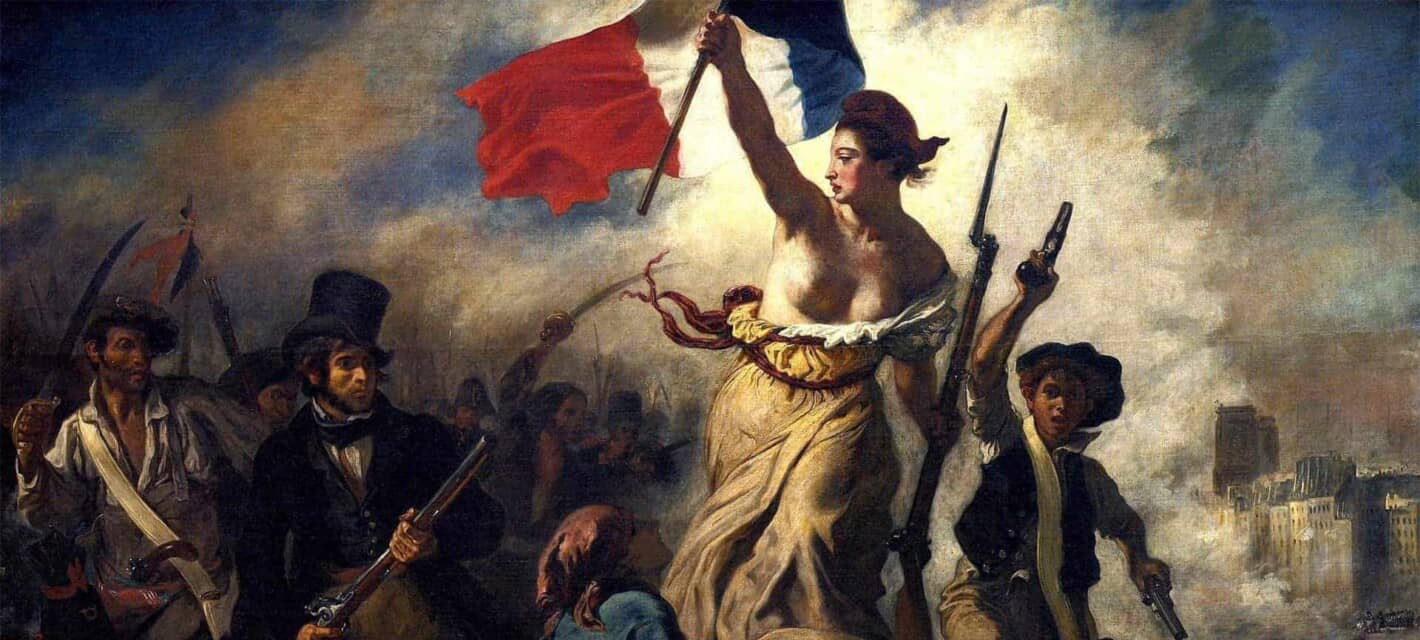In many ways, Louise Michel was an ordinary woman. She was a school teacher, medical worker, and she supported her local community. What set Louise Michel apart from other French women during her lifetime was that she was also an anarchist.

Louise was born the illegitimate daughter of a servant in 1830. Her paternal grandparents shared the responsibility of raising her. During Louise’s education, she was drawn toward traditional French folklore, customs, and myths. Eventually, she was trained as a teacher, which is when her rogue disposition began to emerge. Teaching history, she purposely left Napoleon III out of her lessons. The act made Michel ineligible to teach at state schools, which only seemed to fuel her contempt toward the French leader — she did not revere any part of French culture that absorbed Bonapartist ties. The lack of admiration for the French leader spurred rumors that she desired for Napoleon to be assassinated. She was not alone with her wishes.
France at that time was deeply divided between extreme liberal and conservative ideals. Parliamentary election outcomes only intensified divisions. Overall, Napoleon III won over 4 million votes, and the republican opposition won over 3 million. However, in Paris, the republican win was significant (enough to be suspect). They took over 200,000 votes to the Bonapartist Party’s meager 77,000.
For Michel, this made teaching in a rural, Bonapartist-leaning region hard for her to find a teaching position that suited her outlook. She soon found herself in the Montmartre quarter of Paris, where she was able to teach and explore her points of views passionately. At this time in her life, she began to study revolutionary politics in detail. She also became a member of a radical socialist revolutionary government: La Commune de Paris also called, Paris Commune.
Background: Paris Commune
France was ruled by the Third Republic who were actively at war with Prussia. Meanwhile, the Paris Commune ordered the government of Paris, from March 18 to May 28, 1871, following the defeat of Napoleon III. At that time, the city was steeped in multiple firestorms that may have been reflective of the country as a whole: radical working-class political movements were forming, dissolving, and re-emerging all over the city, which was a little like the Wild West.
Paris was not under the protection of the army, who were disarmed as a result of an armistice with Prussia. The National Guard did not lose their arms and therefore took over where the army could not. The National Guard’s members were mostly made from individuals associated with the Paris Commune. Not surprisingly, the Commune did not take long to go their direction. The rogue, armed, radicals killed two army generals, which set a series of events into action that ended in heated political debates.

